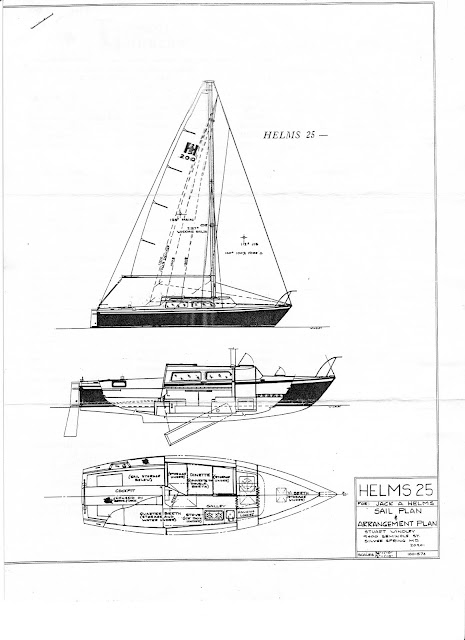Tiller Replacement
Tiller: A lever attached to a rudder post/stock of a boat in order to provide the leverage for the helmsman to turn the rudder. Yes, it is possible to steer a sailboat without a rudder and tiller by using only the sails and the wind. But this sailor prefers to have the smooth wood of a finely crafted tiller in his hand. So in order to have the "smooth wood of a finely crafted tiller" part of that preference applicable to our boat I decided to refinish our "tiller". I say "tiller" in quotation marks because our tiller is actually a wheelbarrel handle that replaces the original tiller. What started out as a dingy, gray, rough piece of equipment intended for work around the yard is now a "finely crafted tiller" with a nice smooth finish and a golden hue reminiscent of the summer sun. I started refinishing the wood by sanding it down. I then applied four coats of semi-gloss Minwax Helmsman spar urethane. Between coats I sanded the urethane f...


